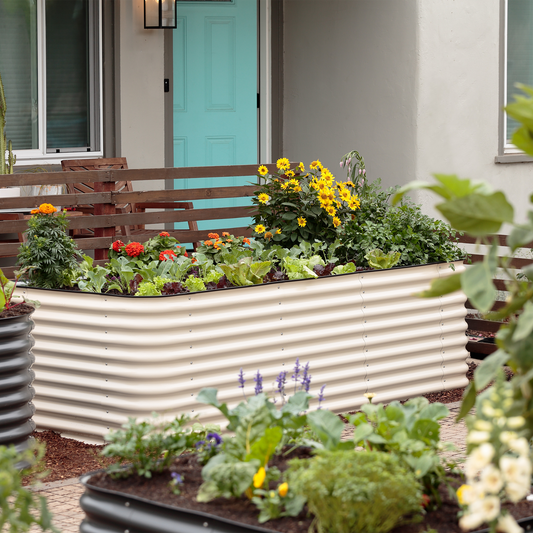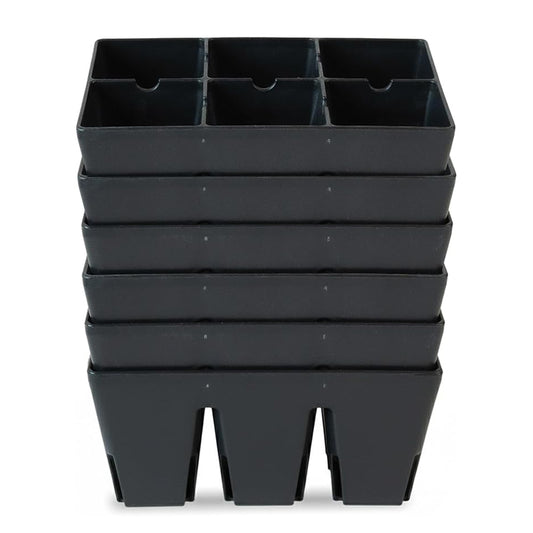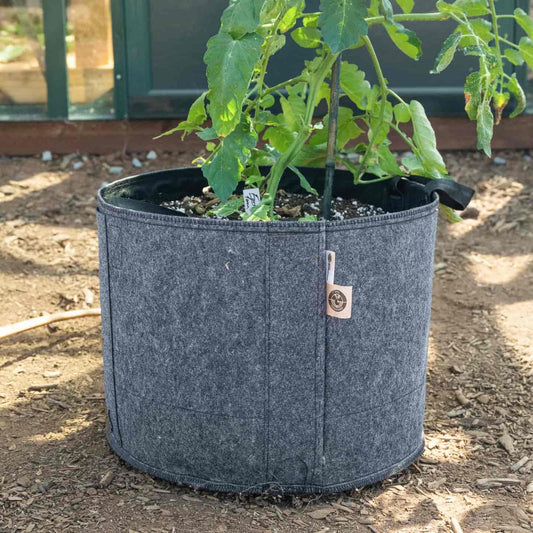
Product Details
Product Details
We’ve officially sold out of this year’s garlic harvest! We harvest and ship once a year and it goes fast. Check back next season and join our email list to be first in line when next year's batch drops.
Cloves per bulb: 6-8
A staple in Chinese cuisine and garlic markets, Shandong hails from the province of the same name on China's eastern coast. This early-harvest Turban hardneck variety is a standout for its lightning-fast maturity and striking appearance. Bulbs are white with vivid purple streaking and contain 6–8 crescent-shaped cloves with easy-to-peel wrappers. Its raw flavor packs serious heat—bold and fiery with a punchy, pungent bite—while cooking mellows it into a savory, nutty warmth. Shandong thrives in a range of climates and is a great option for those seeking quick harvests and big flavor. Best used fresh; stores up to 5 months.
Due to state restrictions, we cannot ship garlic to Idaho, Hawaii, and the following counties in Washington—Adams, Benton, Franklin, Grant, and Klickitat (including cities such as Othello, Pasco, Moses Lake, Kennewick, and Richland). Please do not order garlic if you live in one of these locations.
We source our garlic from local farms, where passionate farmers hand-harvest each bulb. This commitment not only supports our community but also ensures top-notch quality and flavor in every product.
Specification
Specification
Learn More:
Watch this Before You Plant Garlic
Softneck vs. Hardneck Garlic: What's the Difference?
How to Grow Garlic in Raised Beds: A Complete Guide
How to Plant, Grow, and Care for Garlic In Your Garden
Is It Too Late To Plant Garlic? A Zone-By-Zone Guide
15 Garlic-Growing Mistakes To Avoid This Year
When To Plant Fall Garlic For The Best Yields
- Variety Info
- Sowing Info
- Growing Info
Variety Info
Days to Maturity: 250-270 days (when planted in fall)
Family: Amaryllidaceae, subfamily Alleoideae (formerly Alliaceae) Allium or Onion family, includes onions, garlic, chives, shallots, and leeks.
Type: Turban garlic
Native: Central Asia
Hardiness: Usually grown as an annual to harvest the bulbs, but can be grown as a perennial
Exposure: Full sun to part shade.
Variety Info: White bulb wrappers with bold purple streaks conceal 6–8 crescent-shaped cloves. Strong, spicy heat when raw; nutty and savory when cooked. Early harvest with moderate storage of up to 5 months.
Sowing Info
When to Sow Outside: Garlic is planted in fall for harvest 7 to 9 months later (midsummer). In areas with cold winters, sow individual cloves from mid-September to mid-November. Garlic is frost-hardy but ideally should be planted 4 to 6 weeks before the first hard freeze to give the bulbs time to establish roots. In areas with mild winters, garlic can be planted until January.
When to Start Inside: Not recommended if you want to grow bulbs. If you don't get your garlic in the ground, the cloves can be planted indoors any time of year for the green tops that make tasty garlic-flavored raw greens or stir-fry ingredients.
Seed Depth: Plant garlic 2"–3" deep with the pointed side up.
Seed Spacing: One clove every 6"–8"
Row Spacing: 12"–18"
Thinning: Thinning is not necessary if spaced properly during planting.
Growing Info
Harvesting: Garlic bulbs are ready to harvest when the tops are approximately 40% yellow or brown or when the tops start to fall over. This is typically in June and July. Do not leave bulbs in the ground too long, or the skins will decay, reducing storage life. To harvest, lift the bulbs gently with a digging fork (flat tines) or a shovel, digging widely to avoid cutting into them. Gently brush off any loose soil and remove any damaged cloves, but leave the roots and shoots attached. Lay or hang the whole plant in a warm, airy location out of direct sun and protected from rain before curing. For more information, see Garlic: Harvesting, Curing, and Storage.
Special Care: After planting, apply 2"–4" of mulch (e.g., straw, untreated grass clippings, shredded leaves) to maintain moisture, insulate the cloves through the winter, and help prevent frost from pushing cloves to the surface. Loosen mulch in spring to allow shoots to push through thick or compacted mulch. In very cold climates, remove mulch after the last hard freeze to allow soil to warm more quickly. Reapply mulch after shoots emerge to maintain consistent moisture and reduce weeds. Remove weeds regularly to reduce competition for water and nutrients.
You may also like
.

















